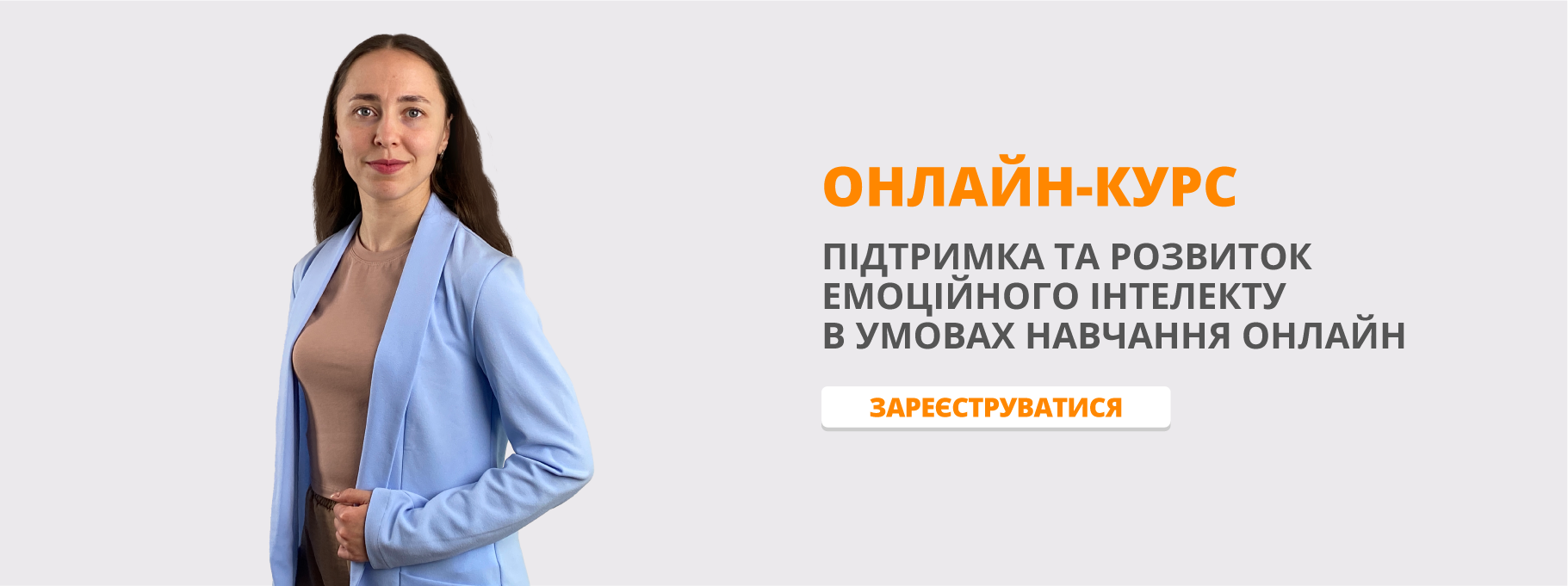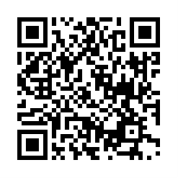UNUSUAL STATES OF MATTER методична розробка заняття з дисципліни «Іноземна мова ( за професійним спрямуванням)»
Лисичанський промислово-технологічний фаховий коледж
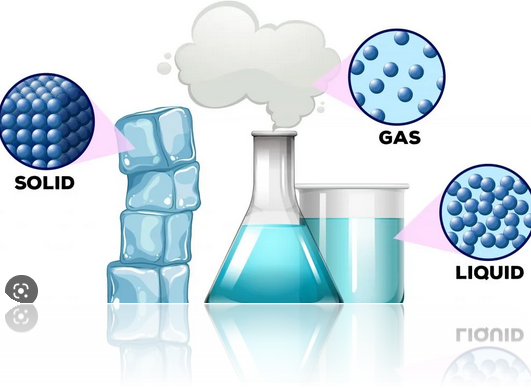
Unusual States of Matter
методична розробка
з дисципліни «Іноземна мова ( за професійним спрямуванням)»
в закладах фахової передвищої освіти
Розробник: Скиба Н.М., старший викладач, викладач вищої категорії Лисичанського промислово-технологічного фахового коледжу
2022
ВСТУП
Методична розробка заняття Unusual States of Matter виконана у відповідності з методичними рекомендаціями з підготовки та проведення практичних занять у закладах фахової передвищої освіти. Заняття підготовлено відповідно до робочої і навчальної програми з дисципліни «Іноземна мова ( за професійним спрямуванням)» спеціальності 133 «Галузеве машинобудування» за освітньо-професійною програмою «Обслуговування та ремонт обладнання підприємств хімічної та нафтогазопереробної промисловості». У методичній розробці заняття подано розгорнутий план-конспект заняття у формі мовного практикуму з використанням методу критичного мислення, методики роботи з лексичним матеріалом, методу лінгвістичного квесту, рольовою грою, перелік літератури та необхідного обладнання, мету і задачі, надано чітку структуру заняття, вдало подано мотивацію пізнавальної діяльності студентів.
Розробка містить багато різноманітних форм та методів роботи (бесіду, читання, мозковий штурм, аудіювання з використанням тематичного відеоролику, групову та парну роботу, що відповідають індивідуальним особливостям студентів і сприяють успішному досягненню мети заняття.
Методична розробка заняття відповідає теоретичному й методико-практичному розділам навчальної програми, має інноваційний характер, відповідає новітнім технологіям навчання, спрямована на формування комунікативної компетенції майбутніх фахівців, розвиток пам'яті, уваги, фонематичного слуху студентів, сприяють зацікавленості та формуванню комунікативної компетенції майбутніх фахівців.
Методична розробка може бути рекомендована для викладачів іноземної мови в закладах фахової передвищої освіти в якості як основного, так і довідково-дидактичного матеріалу.
МЕТОДИЧНА РОЗРОБКА ЗАНЯТТЯ
Заняття №
Предмет: Іноземна мова( за професійним спрямуванням)»
Група:
Тема заняття: Unusual States of Matter
Мета: формувати лексичні навички й навички вимови; вдосконалювати навички читання й усного мовлення; розвивати мовну здогадку й мовленнєву реакцію; виховувати зацікавленість у розширенні своїх знань, використовувати раніше вивчені структури, а також збагачувати словарний запас, практикуватися у перекладі речень, розвивати навички логічного викладання думок, пам'ять, виховувати свідоме ставлення до навчання, вчити раціонально використовувати свій час, прищеплювати бажання вивчати іноземну мову.
Обладнання: словники, комп’ютер, роздавальний матеріал
Тип заняття: практичне
Міжпредметні зв'язки: Фізика, Електротехніка, Основи автоматизація технологічних процесів, Аналітична хімія, Загальна хімія, Процеси і апарати
СТРУКТУРА ЗАНЯТТЯ:
1.Організаційний момент:
1)Привітання
2) Перекличка
3)Перевірка готовності до заняття
2. Мотивація навчальної та пізнавальної діяльності студентів, оголошення теми та цілей заняття.
3.Реалізація теми за планом
4. Підсумок заняття. Оцінювання
5. Домашнє завдання
ХІД ЗАНЯТТЯ:
І. Learn about the states of matter, solids, liquids and gases, how they're different and where they're found in everyday life https://www.youtube.com/watch?v=bMbmQzV-Ezs
ІІ.Find out the words in the dictionary. Write them down and learn.
|
to comply, pure, outside, a mixture, exceptional, solution, to diffuse, parchment, crystalloid, colloid, to arrange, to fix, a thermometer, a plane, polarized light, to create, thermonuclear, to alter, voltage, a conductor, fusion, a source of power |
ІІІ. Read the text UNUSUAL STATES OF MATTER.Use a dictionary, if necessary.
|
Some substances exist in states that do not comply with the normal definitions of a gas, a liquid, or a solid. For example, jelly is neither a true solid nor a liquid, and smoke is neither a pure gas nor a solid. Matter in stars and in the tails of comets exists as a plasma, a mixture of charged particles that is outside the normal definition of a gas. In general, a plasma can exist only at extremely high temperatures. At extremely low temperatures, approaching absolute zero, some materials take on remarkable properties. Although they are not strictly different states of matter, their behaviour is exceptional. Colloids. In 1861, the physical chemist Thomas Graham discovered that some substances in solution, such as salt, sugar, and copper sulfate, diffuse through parchment, whereas others, such as glue and gelatine do not. He therefore divided substances into two groups: crystalloids (that diffuse through parchment) and colloids (that do not diffuse). And he believed that the difference between a crystalloid and a colloid depended largely upon particle size. We now know that Graham was broadly correct. But we also know that most crystalloids can be brought into the colloidal state. A colloid is a solution in which the component particles are large molecules or clumps of small molecules. Liquid crystals. The liquid state is intermediate between the solid state and the gaseous state. Some substances, however, are intermediate between solids and liquids. In a liquid crystal the atoms or molecules are arranged in a pattern, like those of a solid crystal. But the pattern is not completely fixed; it can be altered by heat or an electric field. Some liquid crystals change colour at certain temperatures and can, therefore, be used in liquid crystal thermometers. In others an electrical voltage causes a change in patterns that alters the plane of polarized light. Such types are used to make liquid crystal displays for watches and calculators. Plasmas. A plasma is sometimes described as being the fourth state of matter – that is, one phase farther on from a gas. In fact a plasma is created by heating a gas to such a high temperature that its atoms or molecules lose electrons and become ions. The gas is almost fully ionized and becomes a very good electrical conductor. The gases that are involved in the thermonuclear reactions of the sun and other stars are in the form of a plasma. Scientists are trying to recreate such a plasma on earth by heating the gases deuterium and tritium (isotopes of hydrogen) to tens of millions of degrees in special installations. In this way, they hope to produce a controlled thermonuclear fusion reaction as a source of power.
|
IV. Define whether the sentences are TRUE or FALSE.
- Matter in stars and in the tails of comets exists as a gas.
- A plasma can exist only at extremely low temperatures.
- At extremely low temperatures approaching absolute zero some materials take on remarkable properties.
- Thomas Graham divided substances into two groups: “true” and amorphous.
- In a liquid crystal the atoms or molecules are not arranged in a pattern.
- Some liquid crystals change colour at certain temperatures.
- A plasma is sometimes described as being the fifth state of matters.
- The gases that are involved in the thermonuclear reactions of the sun and other stars are in the form of a plasma.
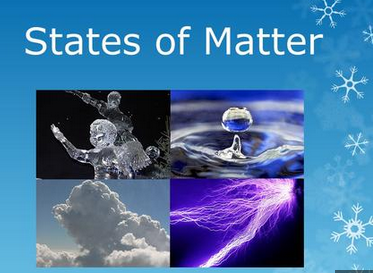
V. Give answers to the next questions.
- Are there states of matter that do not comply with the normal definitions of a gas, a liquid or a solid?
- What are the examples of unusual states of matter?
- Are they strictly different states of matter?
- When did the physical chemist Thomas Graham make experiments with substances in solution?
- What did he discover?
- How did he call substances that would diffuse through parchment?
- What substances were called colloids?
- What is the definition of a colloid?
- Are there any substances that are intermediate between solids and liquids?
- What happens in a liquid crystal?
- What is a plasma?
- In what way is a plasma created?
VI. Find nouns (a), adjectives (b) and adverbs (c) in the following words. Translate all of them:
Substance, definition, pure, mixture, normal, extremely, remarkable, strictly, behaviour, exceptional, largely, crystalloid, broadly, colloidal, solution, intermediate, gaseous, completely, electric, calculator, fully, conductor, thermonuclear, installation, power, certain, property
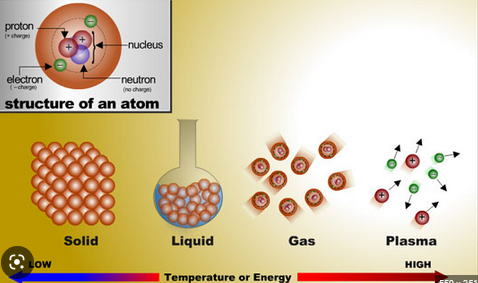
VII. Find the sentences that can’t be found in the text.
- Some substances exist in states that do not comply with the normal definitions of a gas, a liquid or a solid.
- Colloids are classified according to the physical state of the dispersion medium and the disperse phase.
- Colloids have different properties from those of true solutions because of the size of the particles.
- Colloidal particles nearly always carry an electrical charge.
- Some liquid crystals change colour at certain temperatures.
- A plasma is created by heating a gas to such a high temperature that its atoms or molecules lose electrons and become ions.
VIII. Translate the following word combinations and noun groups into Ukrainian
|
IX. Fill in the missing words.
- Some substances exist in states that do not _____ with the normal definitions of a gas, a liquid or a solid.
- Smoke is neither a _____ gas nor a solid.
- Matter in stars and in the tails of comets exists as a plasma, a _____ of charged particles.
- Although they are strictly not different states of matter, their _____ is exceptional.
- In 1861, the physical chemist Thomas Graham discovered that some substances in _____, such as salt and sugar, _____ through parchment.
- He believed that the difference between a crystalloid and a colloid depended largely upon _____ _____.
- A colloid is _____ in which the component particles are large molecules or clumps of small molecules.
- The liquid state is _____ between the solid state and the gaseous state.
- In a liquid crystal the atoms or molecules are _____ in a pattern, like those of a solid crystal.
- The pattern is not completely fixed; it can be _____ by heat or an electric field.
- In some liquid crystals an electrical _____ causes a change in pattern that alters the plane of polarized light.
- The gas is almost fully ionized and becomes a very good electrical _____.
X. Fill in the prepositions if necessary.
- Some substances exist ___ states that do not comply ___ the normal definition ___ a gas, liquid or a solid.
- ___ general, plasma can exist only ___ extremely high temperatures.
- ___ extremely low temperatures, approaching ___ absolute zero, some materials take ___ remarkable properties.
- ___ 1861 Thomas Graham discovered that some substance ___ solution diffuse ___ parchment.
- He believed that the difference ___ a crystalloid and a colloid depended largely ___ particle size.
- ___ a liquid crystal the atoms or molecules are arranged ___ a pattern.
- The pattern can be altered ___ heat or an electric field.
- A plasma is described as being the fourth state ___ matter; that is, one phase farther ___ ___a gas.
- ___ fact, a plasma is created ___ heating a gas ___ such a high temperature that its atoms or molecules lose electrons and become ions.
- Scientists are trying to recreate such a plasma ___ earth now.
XI. Put questions to the following sentences.
- A plasma can exist only at extremely high temperature. (Alternative)
- In 1861 Thomas Graham discovered crystalloids and colloids. (Special)
- Some liquid crystals change colour at certain temperature. (General, disjunctive)
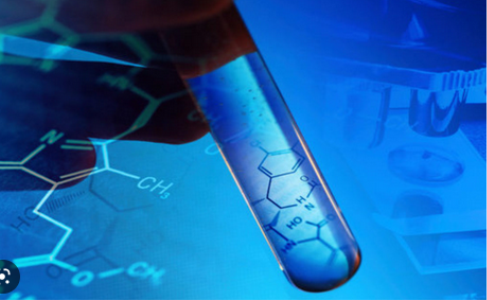
XI. At very high and very low temperatures, matter takes on properties that open up an entire Universe of remarkable new possibilities. Beyond solid, liquid, and gas: the 7 states of matter.What are they?
4. Summarizing. Підведення підсумків уроку. Бесіда в режимі T-P1-P2.
T: What topic did we start discussing today? What did we read about? What new words and word combinations have you learned? What material was difficult/ interesting/boring? So, you all see where you need more practice and what you can do well.
5. Setting homework. Постановка домашнього завдання
T: Home task.
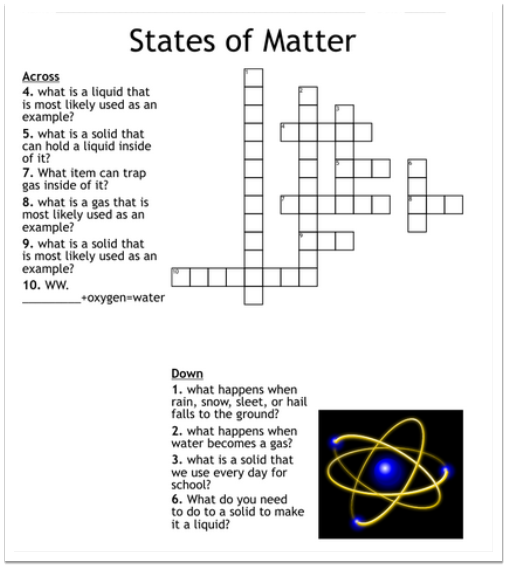
1


про публікацію авторської розробки
Додати розробку
